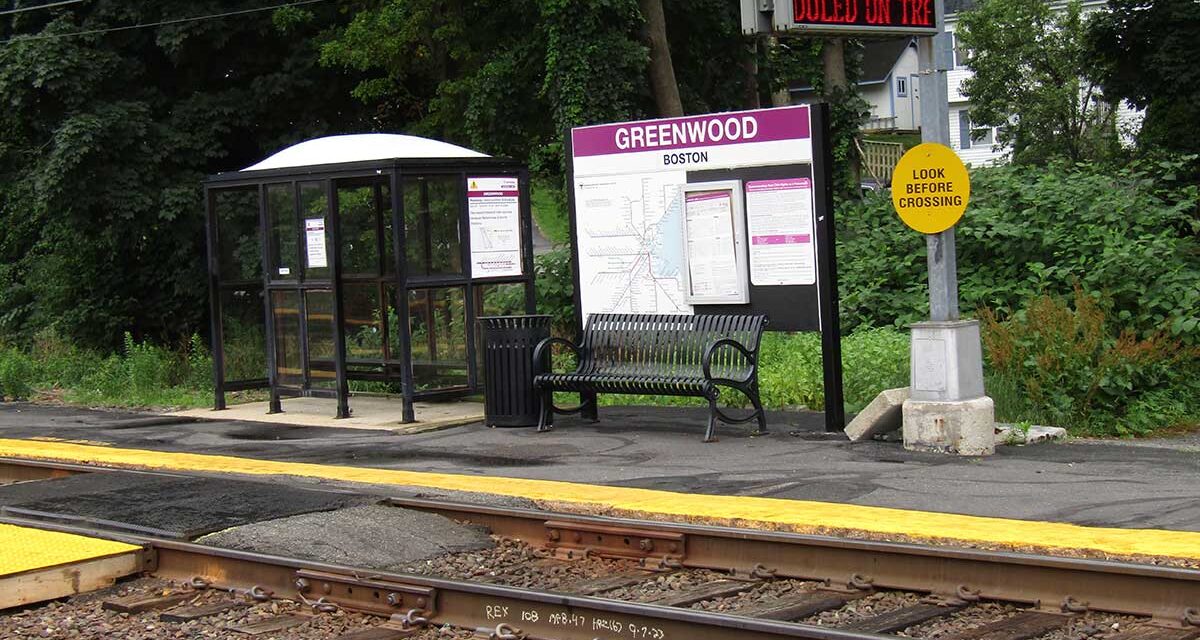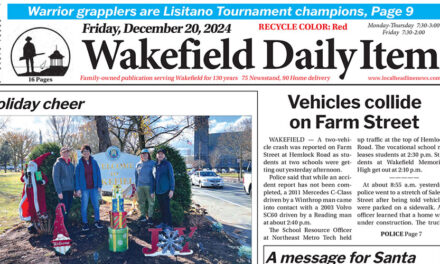By MARK SARDELLA
WAKEFIELD — The Town Council’s 40A subcommittee continues to look at ways for the town to comply with the state’s MBTA multifamily housing mandate while minimizing the impact on the character of existing neighborhoods.
The subcommittee includes Town Council Chairman Michael McLane and Town Councilors Edward Dombroski and Robert Vincent. Senior Town Planner Samantha Elliott has been working closely with the subcommittee on creating a compliance plan and map.
Section 3A of Massachusetts General Laws 40A requires communities with MBTA service to create a district or districts near public transportation where multifamily housing is allowed by right.
At last week’s subcommittee meeting, Elliott reviewed some maps of potential districts that could be included in a compliance plan. She noted that for Wakefield the minimum area is 36 acres and 1,696 potential housing units. Seventy-five percent of the district needs to be near a commuter rail station and 50 percent of the district must be contiguous. Up to 25 percent of the district can be located away from the train station.
Elliott displayed a series of maps of districts that included North Avenue, Audubon Road, Albion Street, Foundry Street and a section of Greenwood.
Combined, those areas would produce approximately 1,722 potential housing units, providing a 1.5 percent buffer over the 1,696 minimum, Elliott said. Making North Avenue a mandatory mixed-use district would preserve first floor commercial use, retaining the character of the district.
Elliott reviewed each of the districts for its current housing unit count and its potential for added units. The subcommittee has said that it is focusing on already developed areas like Foundry Street and Audubon Road that have a capacity for many more units under the law. However, since those districts are already developed, the new units are unlikely to ever be built, leaving the districts materially unchanged. But the town would still get credit for those potential units toward compliance with the law.
During public comment, local attorney Brian McGrail joined the meeting. He reminded the subcommittee that creating the maps is one thing but drafting the bylaw is going to be a significant task, compounded by the fact that there are going to be multiple overlay districts. But he said that he believed the subcommittee was heading in the right direction. As someone very familiar with the town’s Zoning Bylaws, McGrail offered any assistance that he could provide.
Marcy McCauley of Walden Road said that in her view, Chapter 40A was an even greater relinquishment of rights than Chapter 40B. She said that she was not a fan of relinquishing any rights, noting that the the town was bringing the issue back after residents voted against compliance last spring.
At last May’s Annual Town Meeting, voters rejected three different compliance plans. One of those plans, created by the Planning Board, proposed a district that exceeded the state requirements in terms of unit count and geographical size. Two “minimum compliance” plans – one created by the Planning Board as an alternative to its main proposal and another submitted to Town Meeting by citizen petition – were also rejected by Town Meeting voters.
The town has until Dec. 31, 2024 to come up with a compliance plan acceptable to the state. A number of communities, most notably Milton, have outright refused to comply with the state mandate. The state has threatened loss of grant funding as well as possible litigation for communities that don’t comply.
The 40A subcommittee concluded last week’s meeting by scheduling another public forum on Thursday, Sept. 26.





